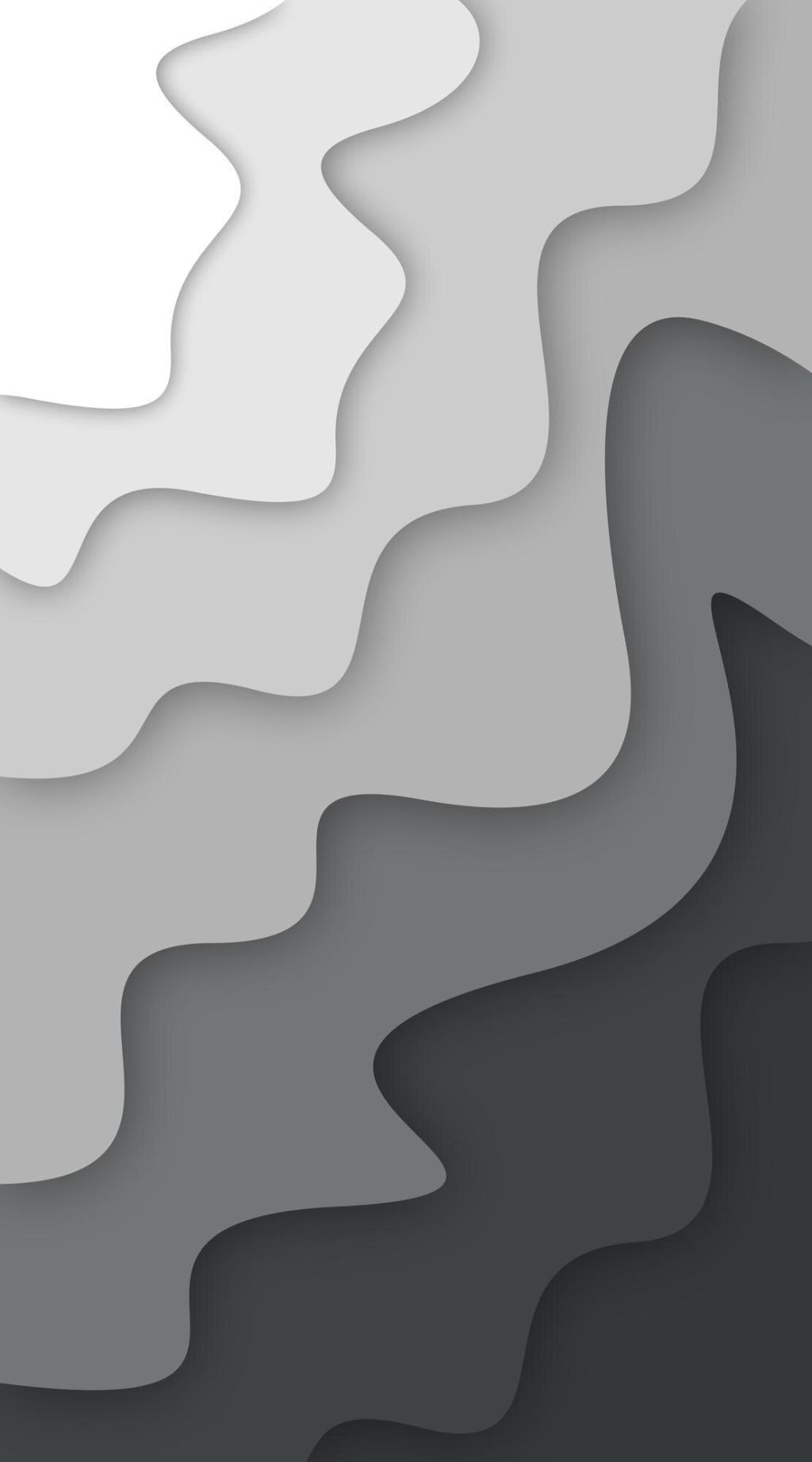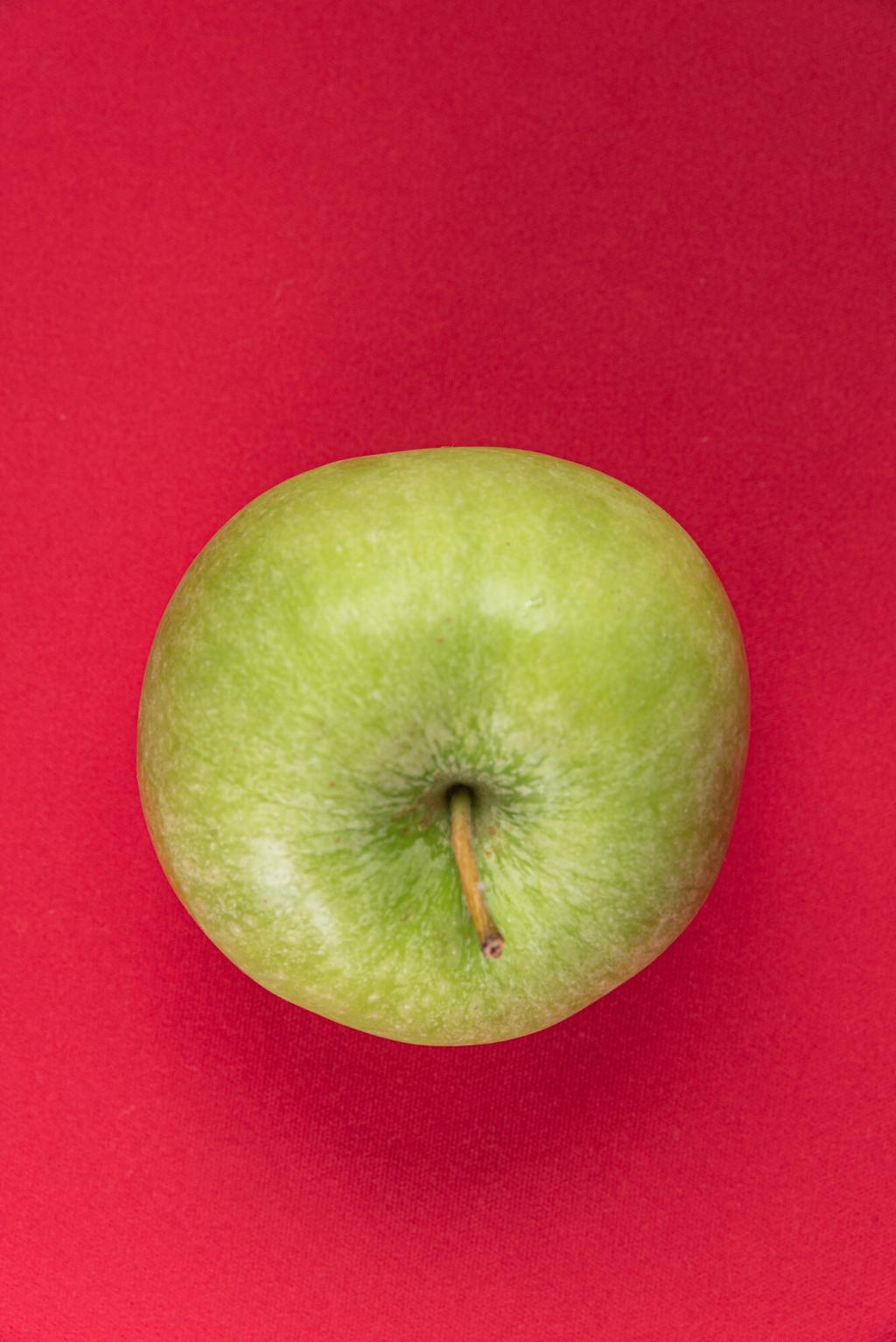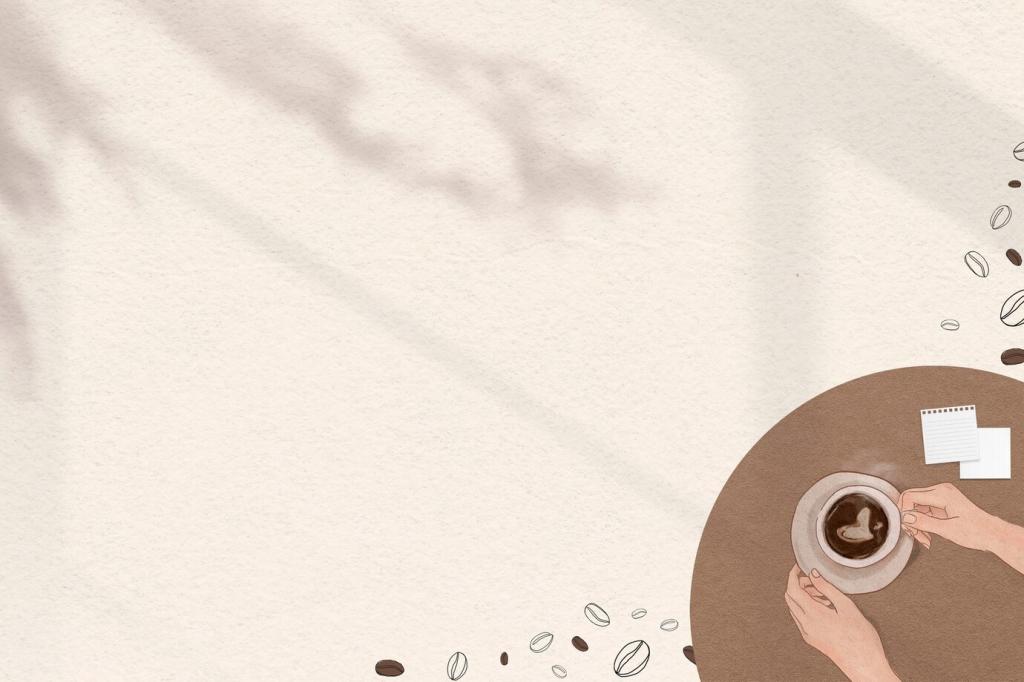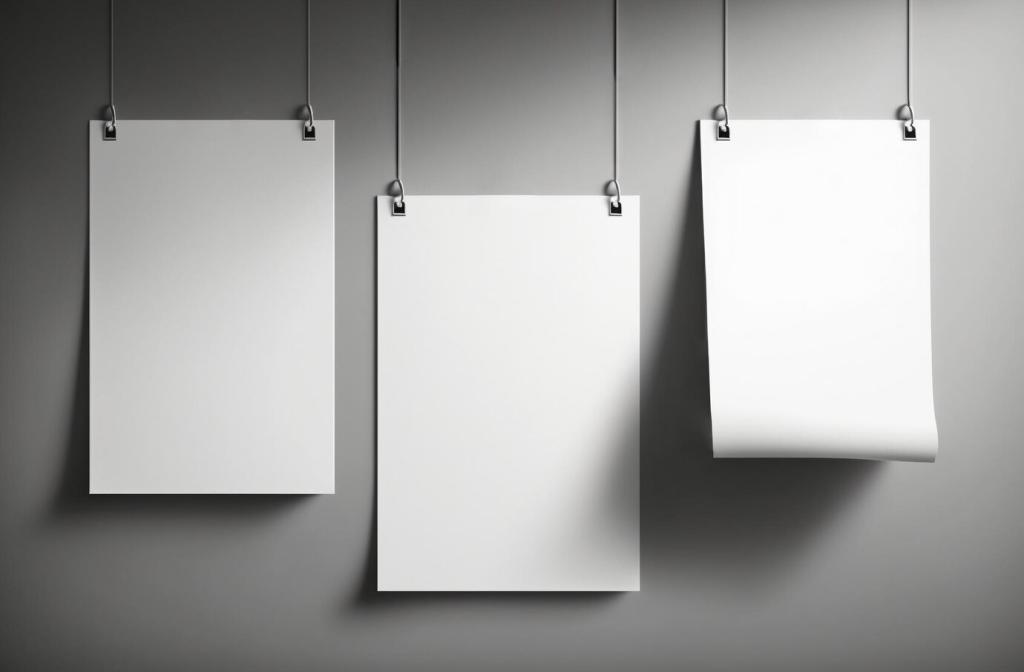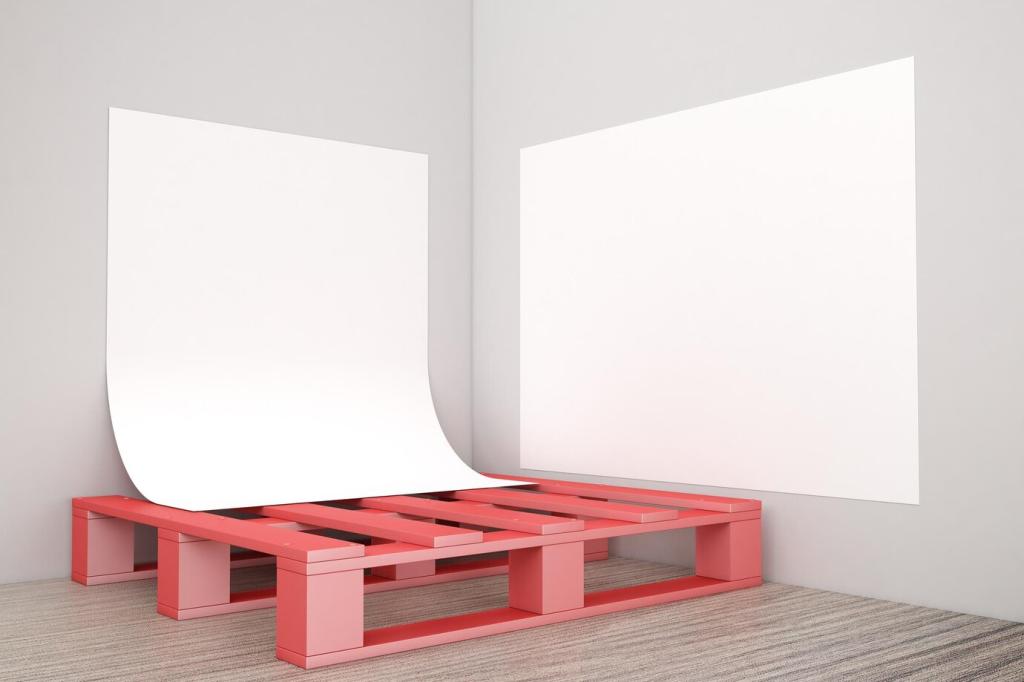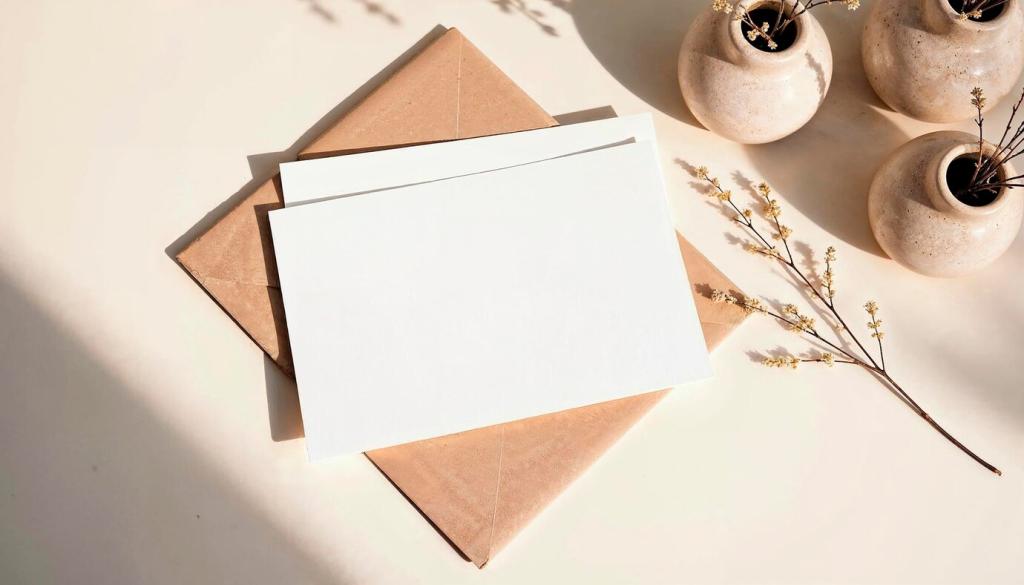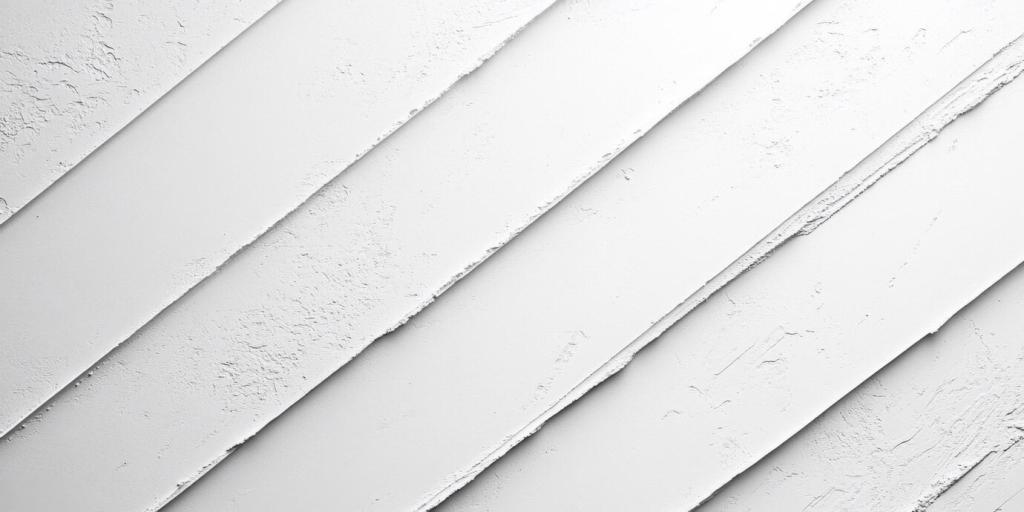Mindfulness, Time, and the Body
Agnes Martin’s delicate lines reward stillness. Twenty seconds reveals little; five minutes reveals vibrations, imperfections, and grace. Viewers report calmer breathing and a clearer sense of the present moment.
Mindfulness, Time, and the Body
Minimal installations direct your steps without commands. A series of identical modules encourages pacing, pause, and comparison, turning spectators into performers who compose meaning through movement.

